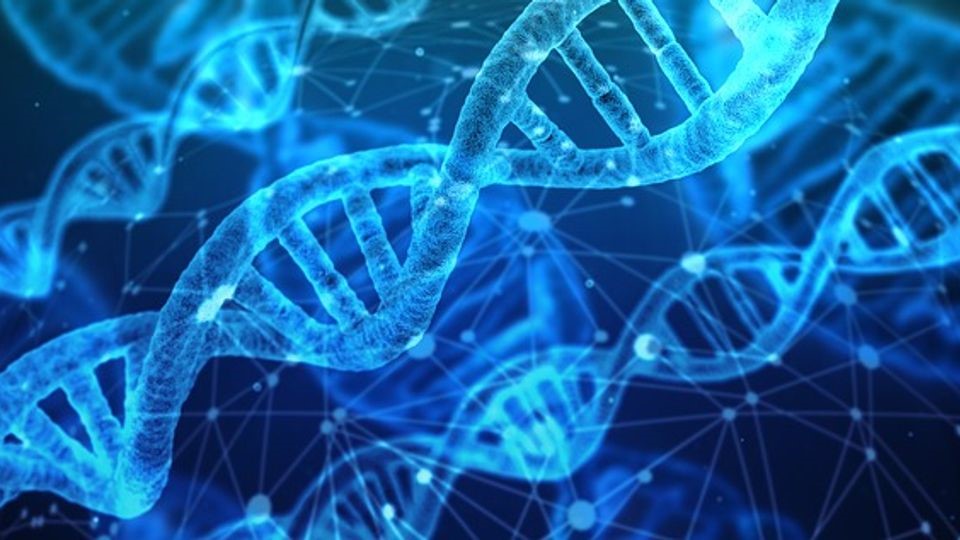The Lesser-Known Protein Crucial for Your Hearing
Epithelial cells, which protect our skin and mucous membranes, form a barrier that shields the body from the external environment. This protective function depends on specialized junctions that hold cells together and regulate substance exchange between them.
Researchers from the University of Geneva (UNIGE), in collaboration with the National University of Singapore (NUS) and the Institute of Physical Chemistry (IPC) in Göttingen, explored the role of gamma-actin, a protein involved in the structure and mechanical properties of epithelial cells and their junctions. Published in Nature Communications, their study reveals how different forms of actin and myosin work together and how gamma-actin helps maintain cell membrane stiffness and controls the movement of junctional proteins. These findings may provide insight into certain types of hearing loss.

Figure 1. Comparison of Wild-Type and Gamma-Actin Knockout Cells Showing Junctional Structure
Crucial Role of the Epithelium
The epithelium is a vital tissue that covers the body's surface and lines many internal organs. Made up of tightly connected epithelial cells, it serves as a critical barrier against external threats like pathogens. This protective function depends largely on "adherens" and "tight junctions," which act as protein locks connecting neighboring cells and ensuring the tissue's integrity. Tight junctions control the flow of molecules in and out of organs, such as aiding nutrient absorption in the intestines and filtering substances in the kidneys. Figure 1 shows Comparison of Wild-Type and Gamma-Actin Knockout Cells Showing Junctional Structure.
Sandra Citi's laboratory at the University of Geneva (UNIGE) investigates how tight junctions interact with the cytoskeleton, the cell's internal structure, to regulate cell architecture and the diverse functions carried out by the epithelium.
Investigating Gamma-Actin's Role in Hearing
In a recent study, the researcher and her team examined the role of gamma-actin, a key component of the cytoskeleton, in organizing cell junctions. They found that in the absence of gamma-actin, there is an increased production of beta-actin, which is associated with a rise in a specific form of myosin. “These changes result in a reduction in the stiffness of the apical membrane – the top of the cell – and cause certain elements of the tight junctions to become more mobile, though they do not impact the barrier function of these junctions,” explains Marine Maupérin, postdoctoral fellow in the Department of Molecular and Cellular Biology at the UNIGE Faculty of Science and first author of the study.
Essential Insights into Gamma-Actin and Hearing Loss
Gamma-actin plays a crucial role in enhancing the rigidity of the apical membrane by forming a network of filaments that is stronger and stiffer than the one created by beta-actin [1]. “This finding is particularly significant because the stiffness of the apical membrane is vital for auditory function,” says Sandra Citi, the lead researcher.
Mice lacking gamma-actin exhibit altered architecture on the apical surface of epithelial cells, along with progressive hearing loss. A stiffer cortical membrane may be necessary to withstand the continuous mechanical stress experienced by the hair cells in the inner ear. Further investigation into gamma-actin's role in maintaining cell integrity could provide valuable insights into hearing loss pathologies.
References:
- https://scitechdaily.com/the-protein-youve-never-heard-of-that-helps-you-hear/
Cite this article:
Janani R (2025), The Lesser-Known Protein Crucial for Your Hearing, AnaTechMaz, pp. 363




